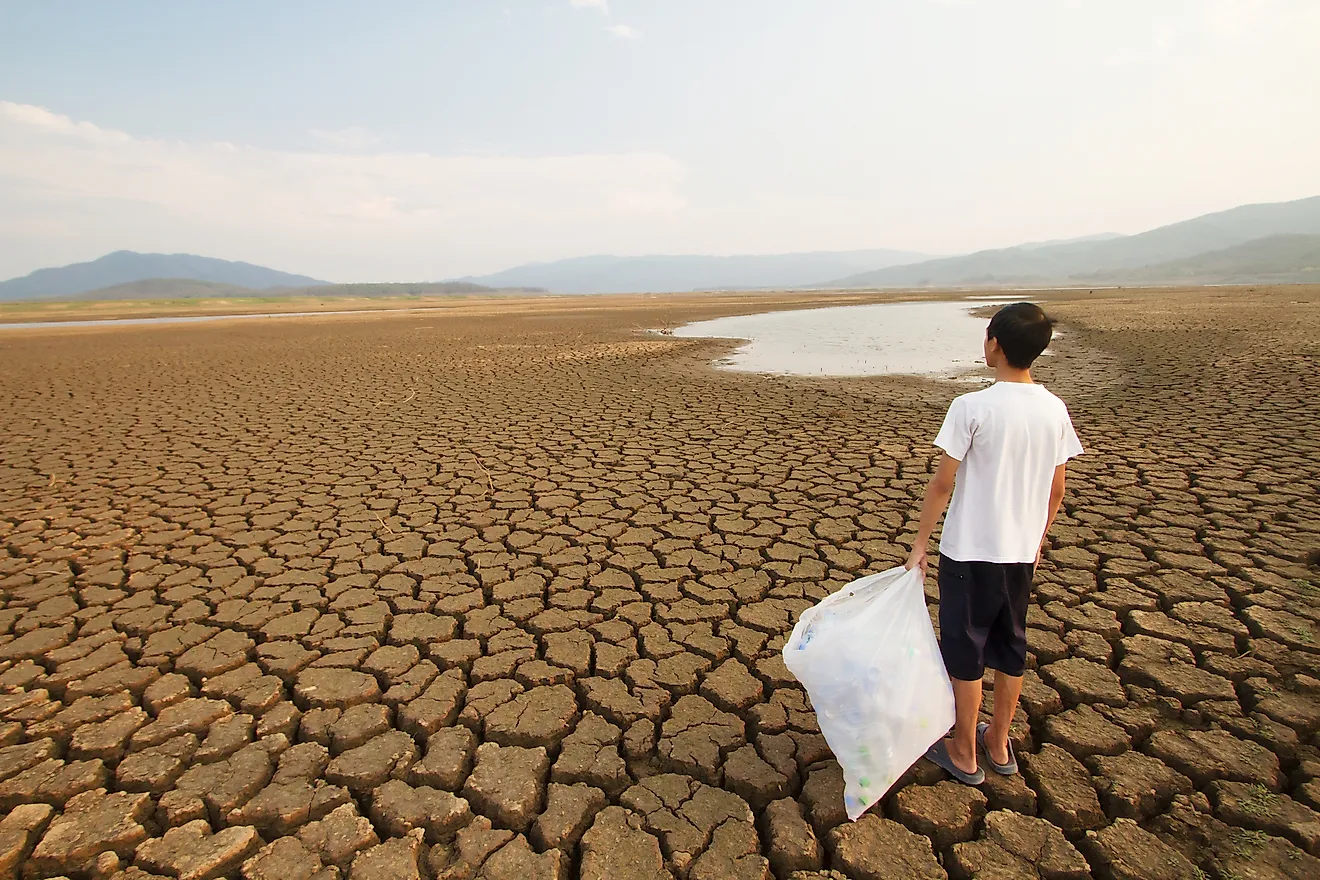What Are The Causes And Effects Of Ozone Air Pollution?

Ozone is made up of a combination of three oxygen atoms. The occurrence of this gas is in the upper atmosphere of Earth as well as on the ground level. The stratospheric ozone is a naturally occurring atmospheric gas that forms the ozone layer that protects the Earth from catastrophic ultraviolet rays produced by the sun. Bad ozone found at ground level, which is also known as tropospheric ozone or low-level ozone is an air pollutant. This type of ozone has severe effects on health and the environment.
Causes Of Ozone Air Pollution
The formation of tropospheric ozone occurs through a combination of volatile organic chemicals and carbon monoxide as well as nitrogen oxides which react with sunlight energy. Pollutants involved in the creation of tropospheric ozone include emissions from industries, vehicles, and other sources of pollution. Days that are hot and sunny have higher concentrations of unhealthy ozone. Exposure occurs both indoors and outdoors. However, the levels of indoor ozone are less than 50% of that found outside. Indoor sources of the gas include electrostatic air cleaners and other machines like photocopiers.
Health Effects Of Ozone Air Pollution
Breathing in air that has ozone can harm human health. People living with asthma and children, who have not fully developed lungs, are at high risk from effects caused by ozone air pollution. Other groups that suffer more include individuals working or spending more time outdoors, people with low intake of some nutrients including vitamin C, and those having certain genetic characteristics. Health effects arising from ozone air pollution include difficulty in breathing and pain in deep breaths. Ozone can cause coughing, sore throat, and chronic pulmonary diseases. The gas can aggravate conditions of the lungs such as chronic bronchitis, asthma, and emphysema. Exposures over an extended period lead to lung damage and abnormal development of the lungs in children. According to some studies, a higher risk of death may arise from prolonged exposure to this pollution, especially from respiratory problems.
Environmental Effects Of Ozone Air Pollution
Tropospheric ozone can have harmful effects on plants and ecosystems. In the US, plants that are easily affected by ozone air pollution include black cherry, white pine, and red alder. Ozone can interfere with the process of photosynthesis and damage leaves hence plants cannot produce and store food. Other effects include slow growth in plants and increased risk of diseases, besides causing severe weather. Exposure of leaves to ozone will leave them vulnerable to other pollutants. Ozone also has negative effects on the ecosystem. Habitat quality and water together with nutrient cycles change due to ozone.











